Project
Dune Heath Habitat Restoration, Formby
Client: Natural England in partnership with The Dynamic Dunescapes Dune LIFE project
Final Value: £7,186
Start Date: Aug 2021
Finish Date: Aug 2021
Background
Dune heath forms along the inner edges of sand-dunes found on the more acidic sandy areas where rain has leached the lime from the sand. These rare habitats are often lost to pine plantations or development.
One dune heath site affected in this way is part of the Sefton Coast known as the Triangle and Freshfield at Formby, Merseyside. The Triangle forms a part of the Sefton Coast designated as a Site of Special Scientific Interest (SSSI) and Special Area of Conservation (SAC).
Lack of grazing or regular scrub control has led to dense stands of primarily birch and conifer that require removal and gorse that need cutting back. Scrub invasion by these species means the area is recorded as Unfavourable- Declining and threatens its SSSI/SAC status.
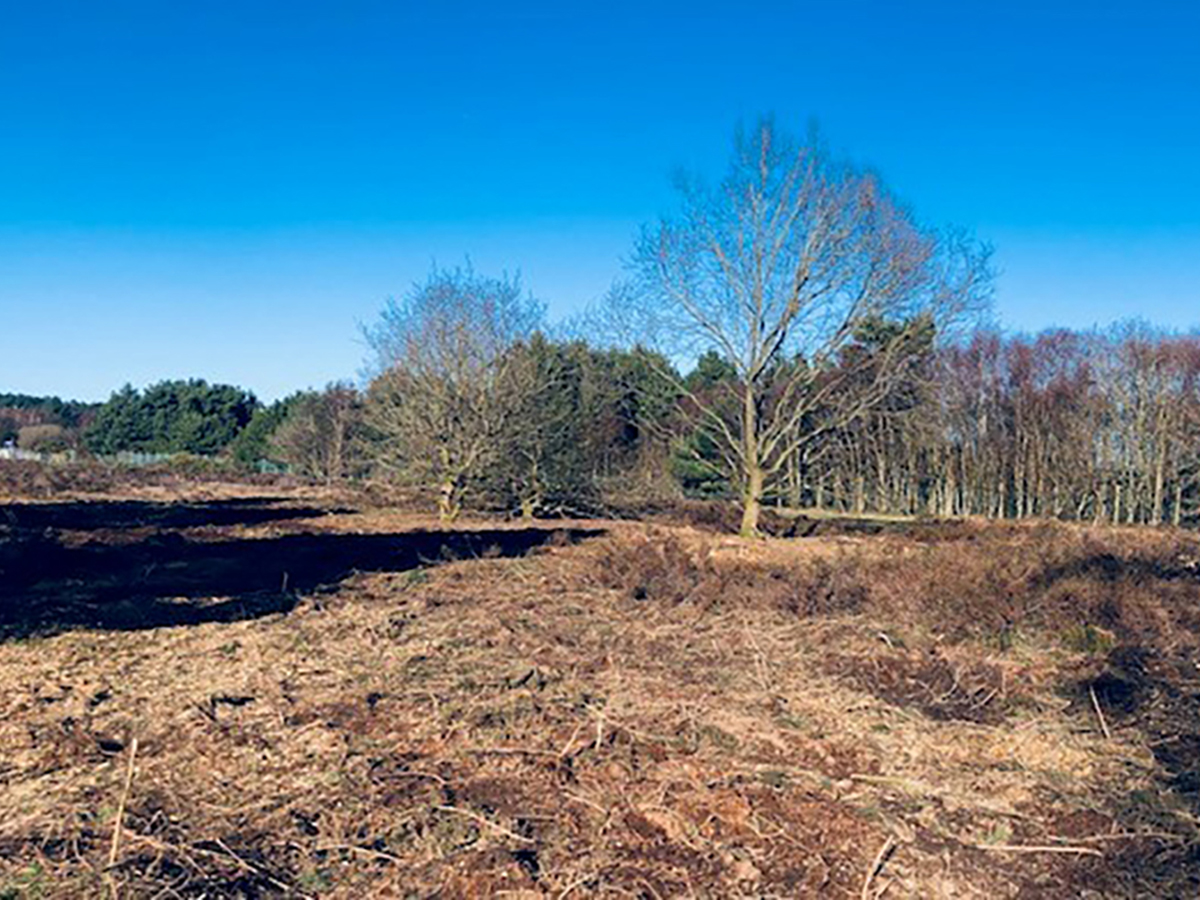
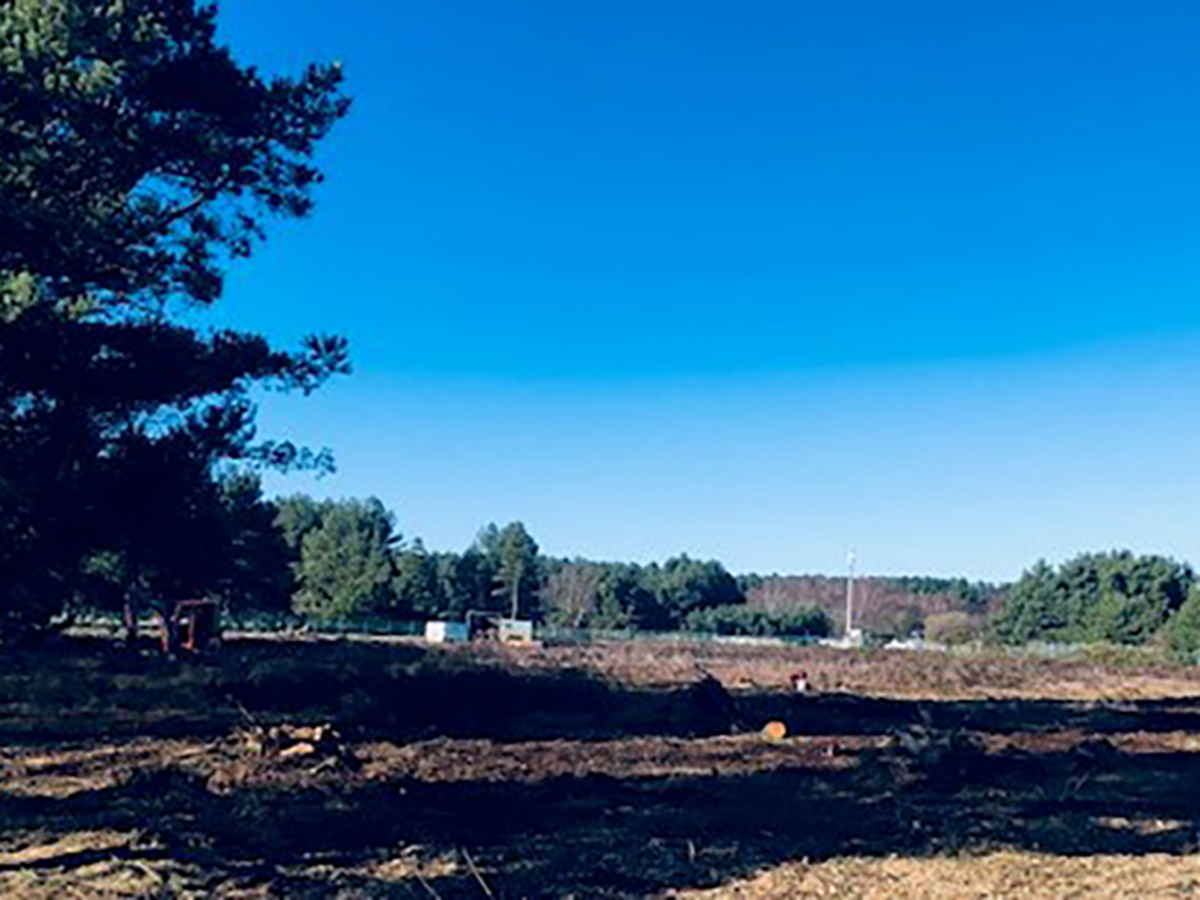
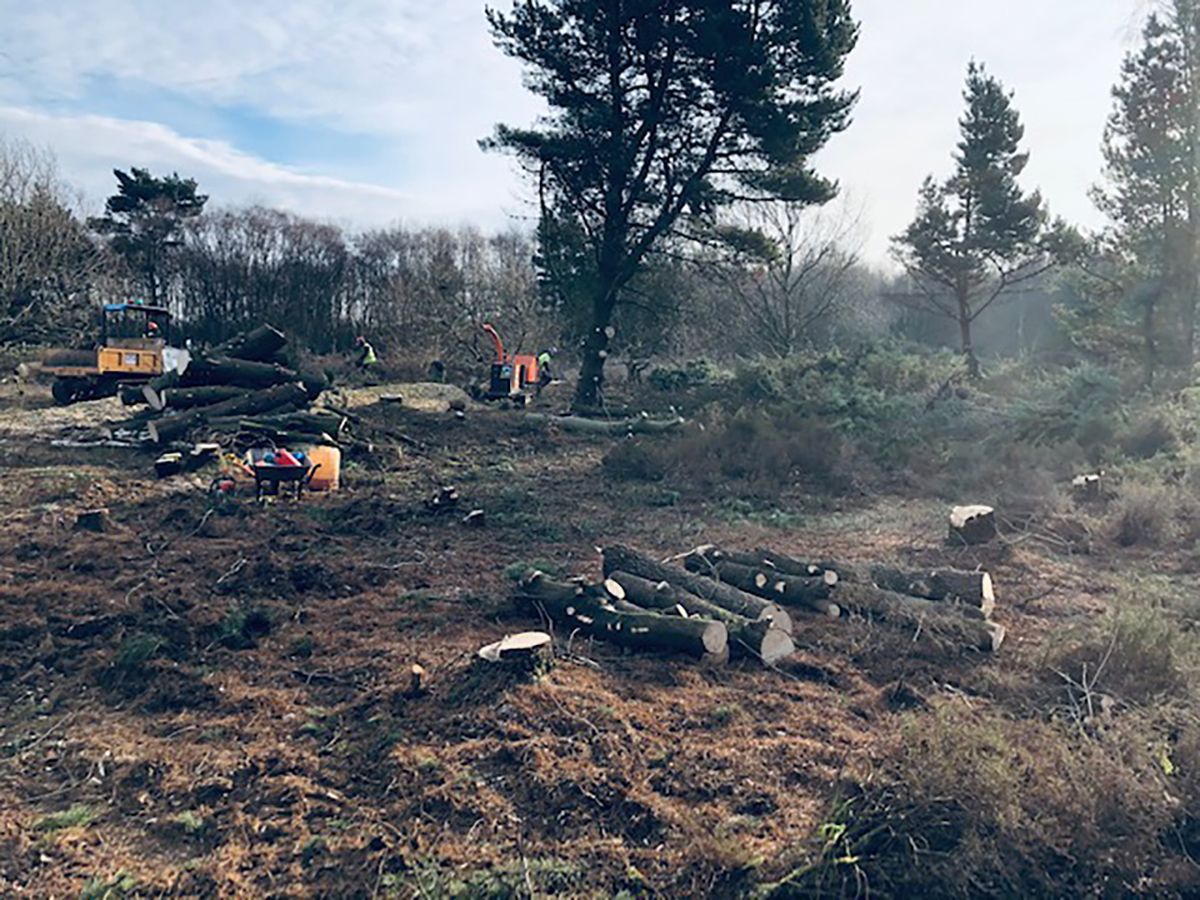
CCNW Solution
The aim was to create an attractive landscape with open glades forming a patchwork of heather gorse surrounded by mature conifers. These areas hopefully will self regenerate and self-seed naturally from existing heather plants. Alternatively, other methods could be introduced such as using heather cuttings and placing them down on bare soil.
The dune heath restoration works within the Triangle would be carried out by removing dominant trees and shrub species covering the existing dune heath. By removing the dominant species and stump, treating the birch tree stumps to prevent further regrowth and enabling the dune heath to regenerate in full sun and not be shaded out.
The first phase of the dune heath restoration and scrub clearance works was completed in February 2020. CCNW carried out the second phase of scrub clearance works in February 2021. CCNW conservation team carried out the habitat restoration /improvement removing tree and scrub clearance works on the invasive species within the second phase on an area of proposed tree felling and scrub removal. Removal of predominantly self-seeded pine and birch species from within the existing dune heath area was followed by stump removal of birch regeneration and opening glades of existing heath.
The works included cutting back larger and older gorse bushes around the edges of the site. The gorse patches were cut down to ground level and chipped on site.
During the site walkover with Natural England, the felling of small to medium pine trees within the designated area with the retention of three larger pine trees and several oak trees was agreed upon before the commencement of the works.
All brash was chipped into piles, then transported and placed into skips and removed from the site for disposal. All felled trees were cut up and put in log piles and then transported and placed within skips and taken away for removal, including recycling and processing the logs into biomass fuel pellets.
The effective programme of tree and scrub removal has provided a new opportunity to restore the dune heathland. A block of pines that supports red squirrels and several mature oaks has been left in situ, preserving their natural habitat.
Special Features
Habitat improvement works
Site of Special Scientific Interest (SSSI)
Special Area of Conservation (SAC)
Services
Heath Restoration
Habitat Restoration
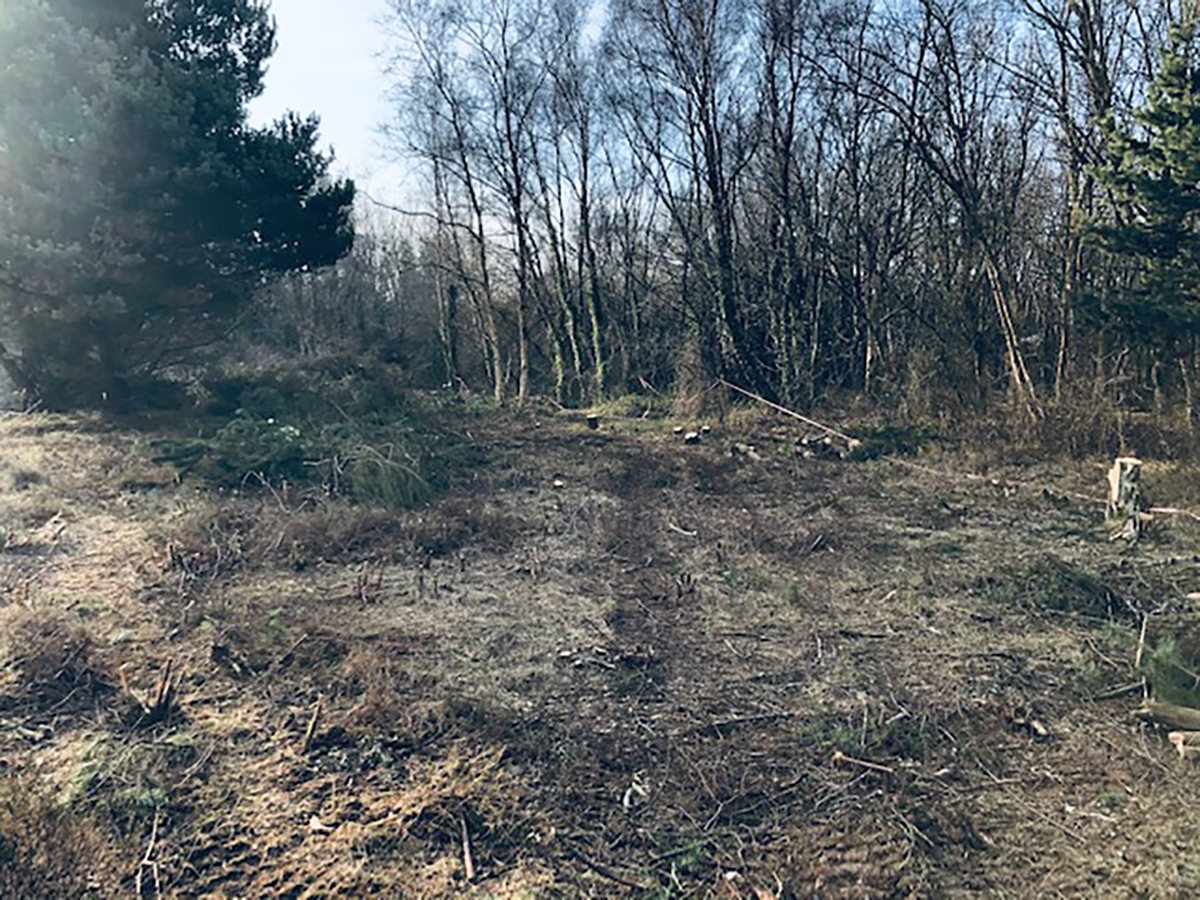
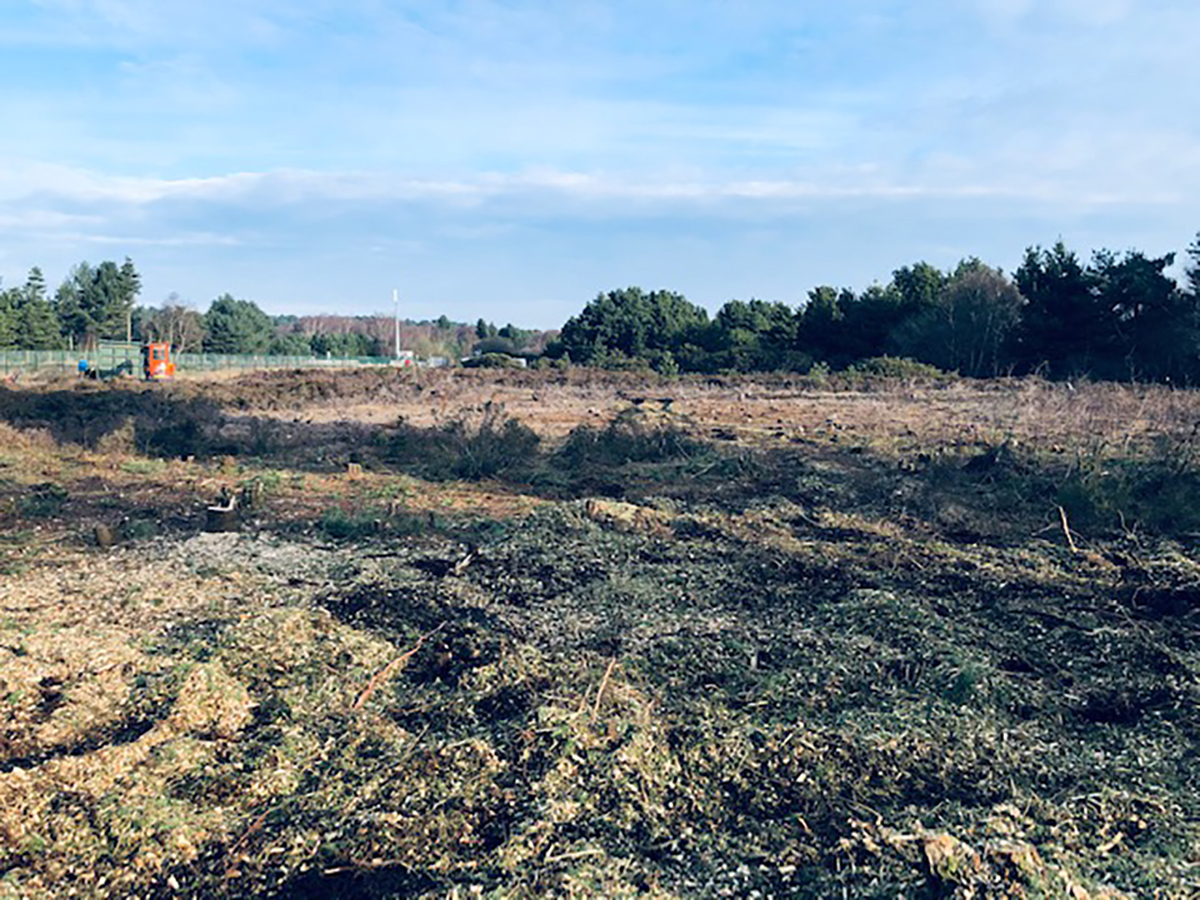
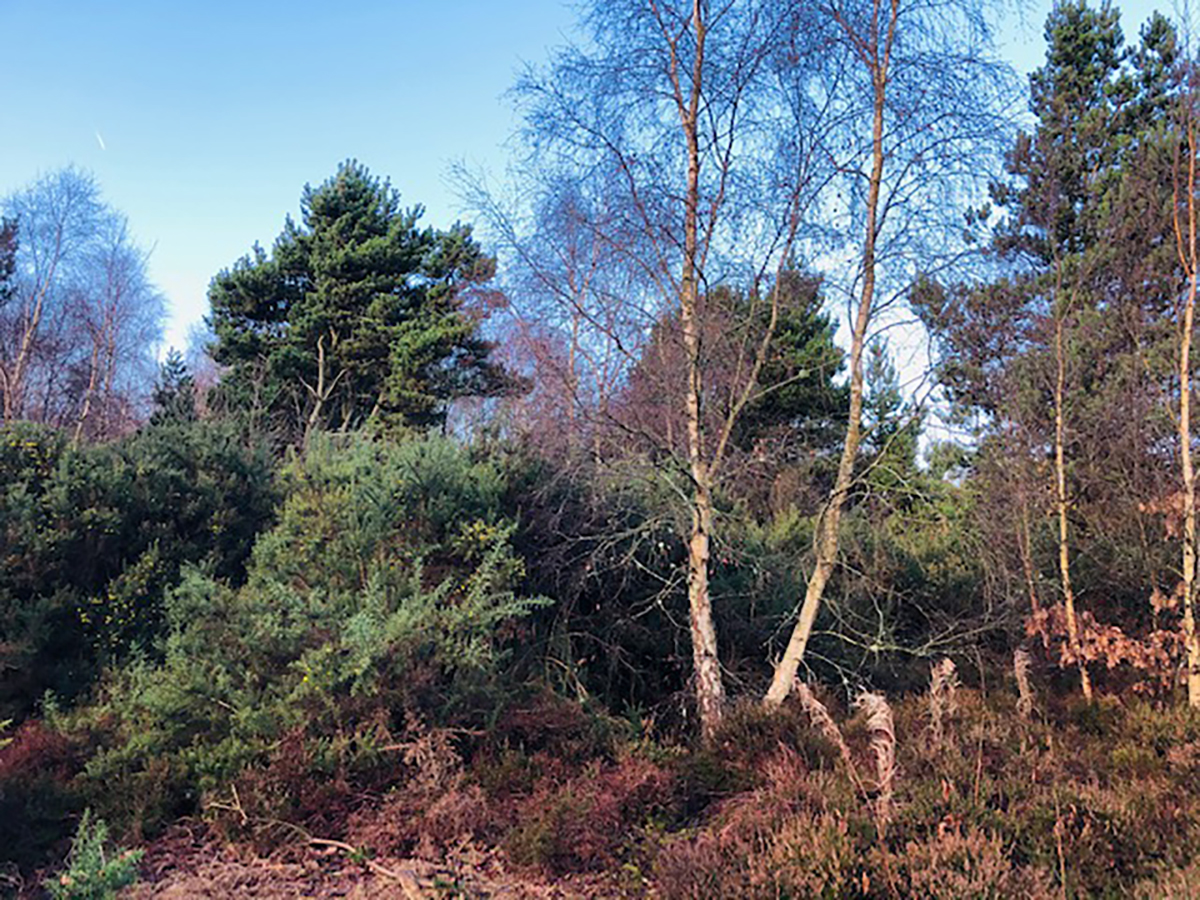
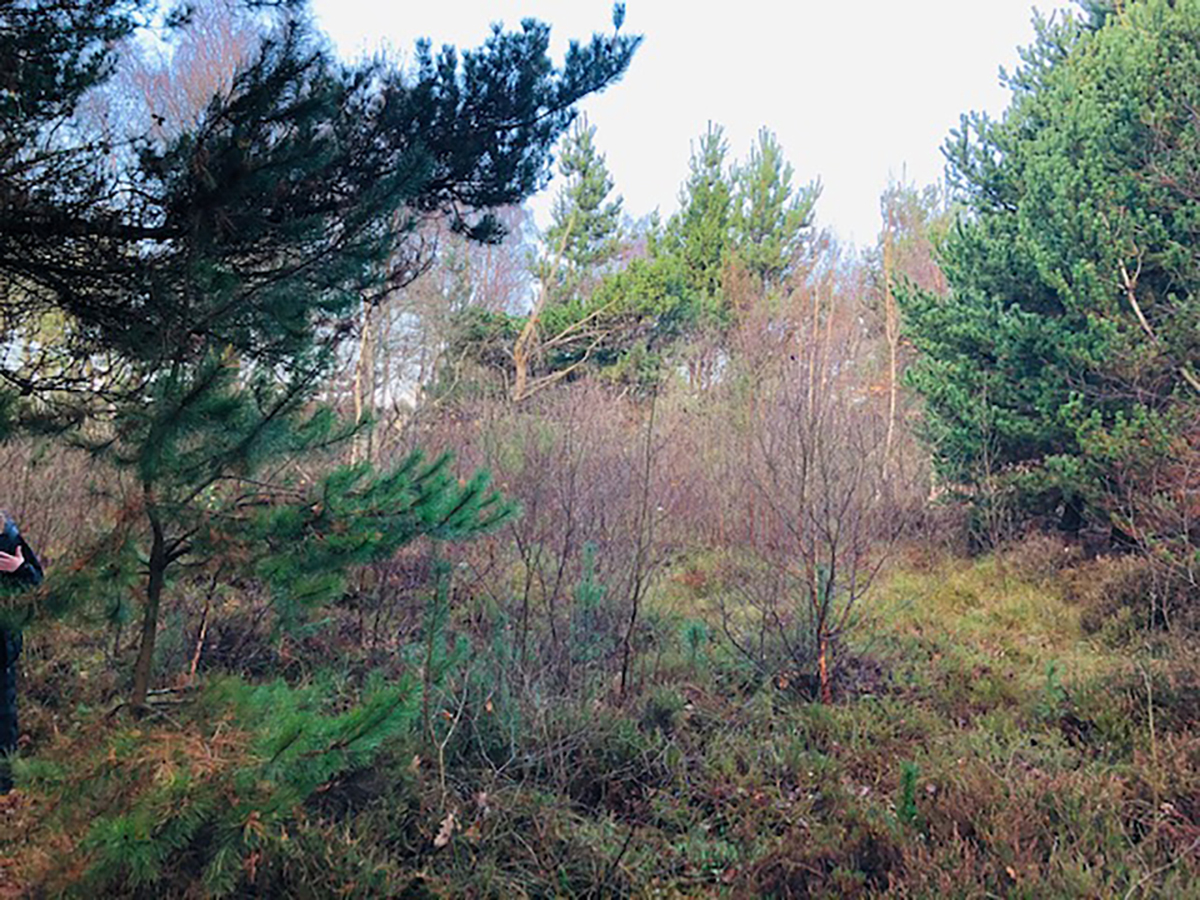
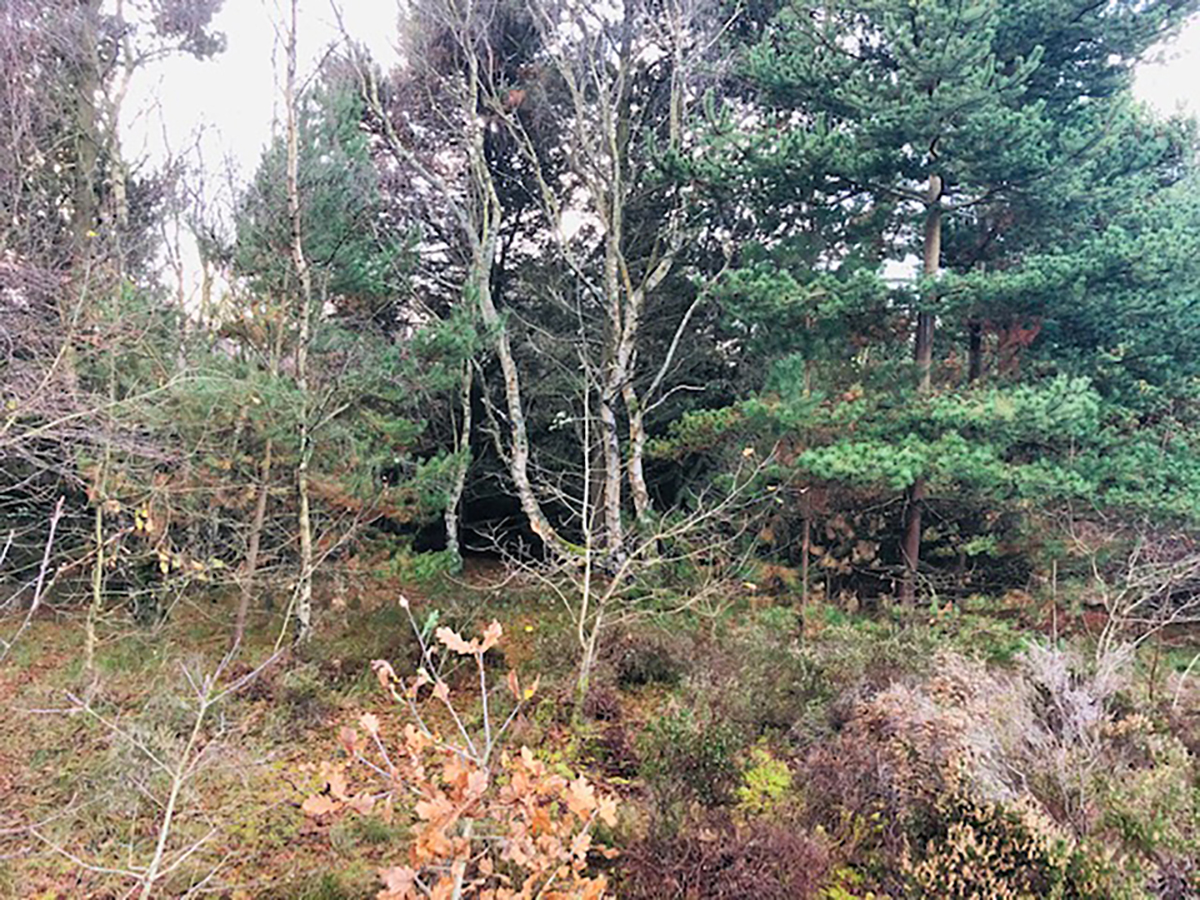
Start a conversation with us today

If you wish to sign up to our quarterly newsletter, please fill out the subscription below.
